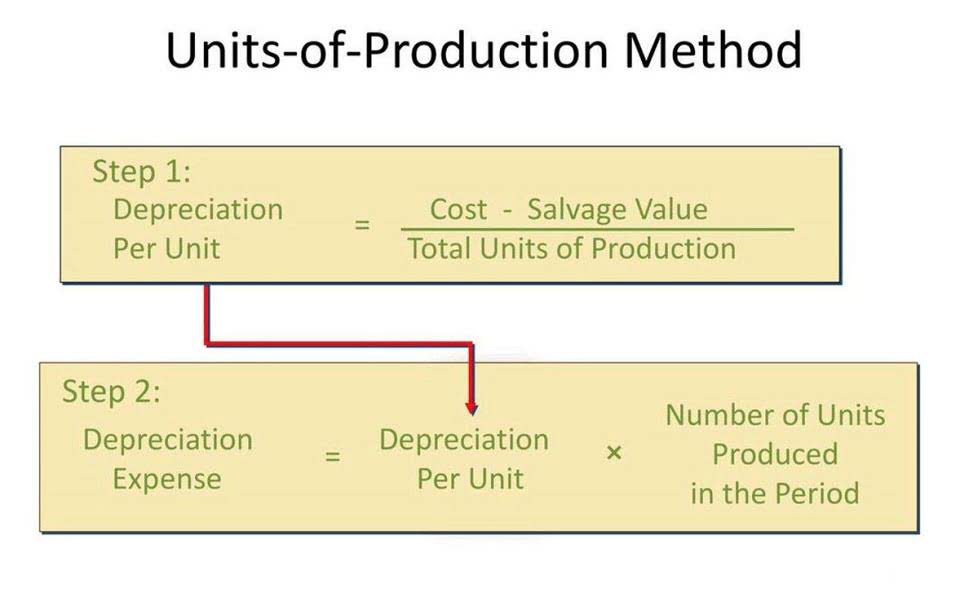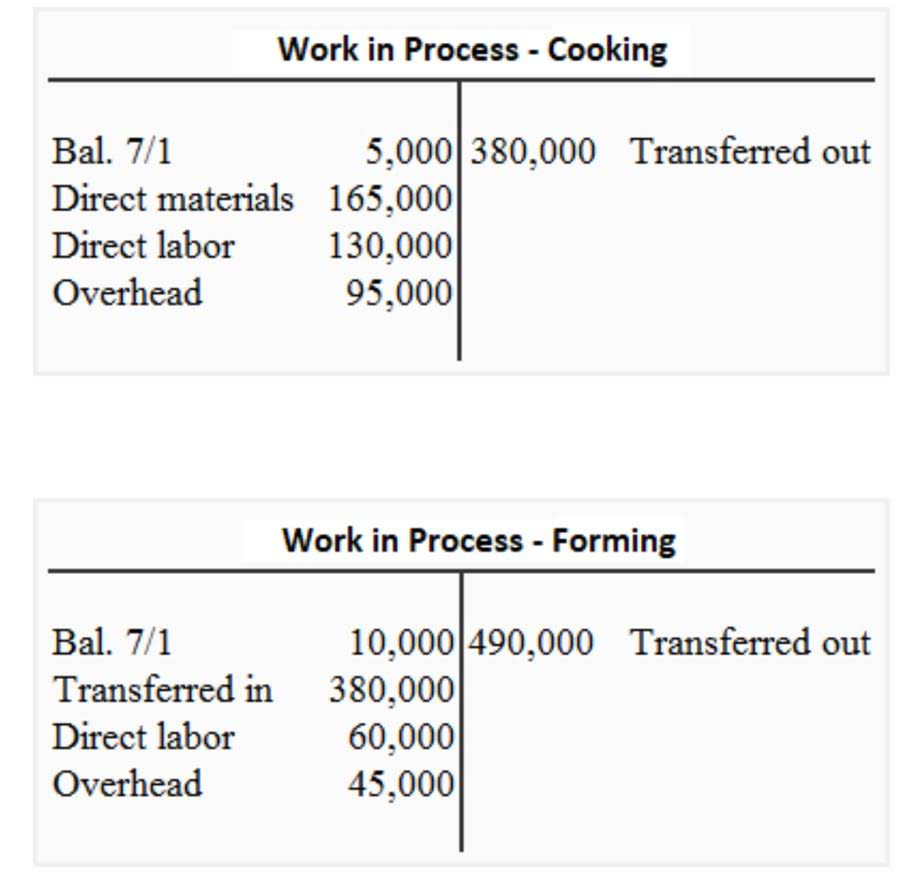Net Working Capital NWC Formula + Calculator

By addressing these issues promptly, a company can improve its overall financial health and stability. Analyzing a company’s working capital can provide excellent insight into how well a company handles its cash, and whether it is likely to have any on hand to fund growth and contribute to shareholder value. For investors, a company’s inventory turnover ratio is best seen in light of its competitors. In a given sector where, for instance, it is normal for a company to completely sell out and restock six times a year, a company that achieves a turnover ratio of four is an underperformer. A company that manages its working capital can stay financially healthy even when sales are done for one reason or the other.
What is the relationship between working capital and short-term liquidity?

When it comes to working capital formulas, you can choose from one of several different models depending on how detailed you want the calculation to be. Cash flow is the net amount of cash and cash-equivalents formula for change in working capital being transferred in and out of a company. There are a few different methods for calculating net working capital, depending on what an analyst wants to include or exclude from the value.
Example Calculation:

Working capital is also important if you are trying to woo an investor or get approved for a small business loan. Lenders and investors will often look at both working capital and changes in working capital to assess a company’s financial health. Wide swings from positive to negative working capital can offer clues about a company’s business practices. A business owner can often access more attractive small business loan rates and terms when the firm has a consistent working capital policy.
Accounts Payable
The current ratio, also known as the working capital ratio, provides a quick view of a company’s financial health. Yes, working capital can be zero if a company’s current assets match its current liabilities. While this doesn’t always indicate financial health, businesses should manage their working capital carefully to have adequate liquidity and meet short-term obligations. On the other hand, net working capital is a more specific measure that focuses on the difference between current assets and current liabilities, excluding short-term debt.

- On average, Noodles needs approximately 30 days to convert inventory to cash, and Noodles buys inventory on credit and has about 30 days to pay.
- Net working capital, often abbreviated as “NWC”, is a financial metric used to evaluate a company’s near-term liquidity risk.
- Generally, the larger your net working capital balance is, the more likely it is that your company can cover its current obligations.
- A company with a negative working capital tends to have trouble paying its creditors, which could lead to bankruptcy.
- Working capital is calculated by subtracting current liabilities from current assets.
If Microsoft were to liquidate all short-term assets and extinguish all short-term debts, it would have almost $30 billion remaining cash. Current liabilities encompass all debts a company owes or will owe within the next 12 months. The overarching goal of working capital is to understand whether a company can cover all of these debts with the short-term assets it already has on hand. Current assets are economic benefits that the company expects to receive within the next 12 months.
- The ideal position is to have more current assets than current liabilities and thus have a positive net working capital balance.
- Aside from gauging a company’s liquidity, the NWC metric can also provide insights into the efficiency at which operations are managed, such as ensuring short-term liabilities are kept to a reasonable level.
- Imagine if Exxon borrowed an additional $20 billion in long-term debt, boosting the current amount of $40.6 billion to $60.6 billion.
- Uber today is far better than what they were 10 years ago, thanks to its ability to generate continuous positive working capital.
- This calculation helps assess a company’s short-term liquidity and operational efficiency.
- This article explores the key drivers behind changes in working capital and their implications for businesses striving to maintain financial stability and sustainable growth.

The process to calculate the working capital cycle can be broken into five steps. Software technology companies have low working capital needs because they do not sell any physical product, and therefore, have very little inventory expense. When you manage your working capital, you can track the increase or decrease in the working capital ratio. Companies with large working capital can finance big projects for expansion. Here are some examples of working capital calculations using the different working capital formulas.
By keeping a close eye on your current assets and liabilities, you can ensure that your business remains liquid, seizes growth opportunities, and maintains a strong financial position. It involves subtracting the total current liabilities from the total current assets. A positive net working capital indicates that a company has enough current assets to cover its current liabilities, while a negative net working capital suggests a potential cash flow issue.
